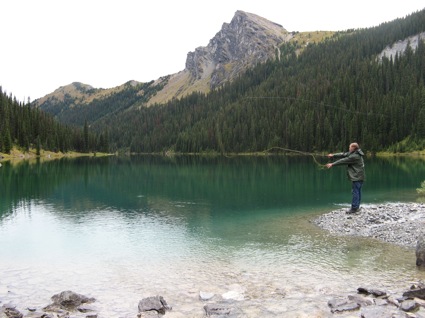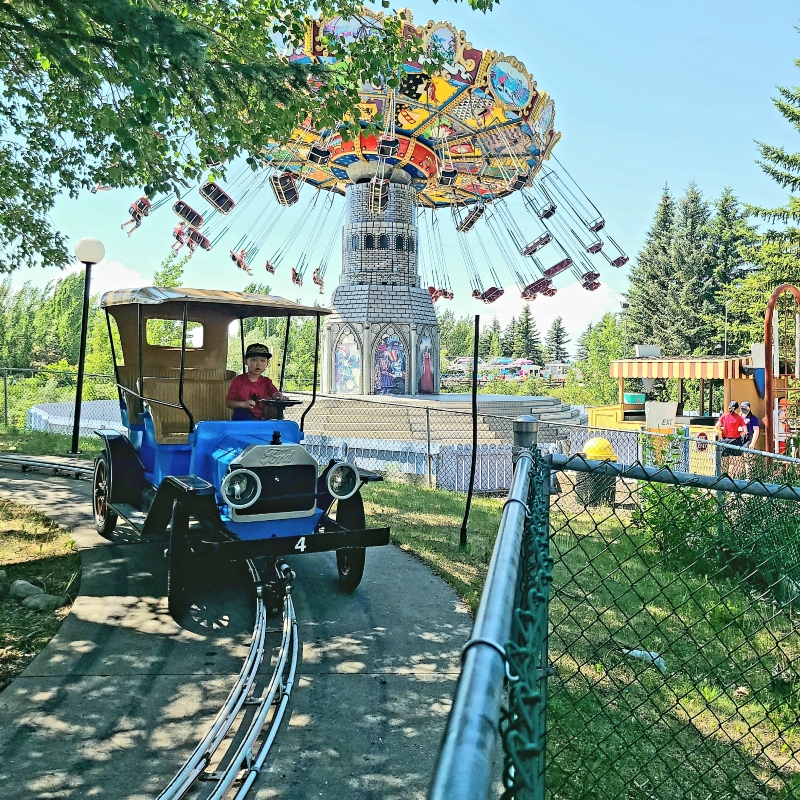Celebrating 100 years
BC Parks, which marks its centennial this year, has grown into one of the most enviable park systems in the world

The Kootenay Rockies region is known for its rugged natural beauty—with stunning mountain ranges, diverse wildlife, and lovely lakes and flowing rivers.
The provincial government preserves and manages some of these areas within the Ministry of Environment through BC Parks, which celebrates its centennial in 2011.
B.C. boasts the third largest park system in North America—protected areas total 14.26 per cent of the province—being surpassed only by the Parks Canada system and the United States National Parks Service system.
“British Columbia has the greatest diversity of landscapes and ecosystems of any province in Canada,” said Brett Yaetes, the BC Parks area supervisor for the Purcell Wilderness. “Our provincial park system has been designed to highlight and protect portions of each of the many ecotypes the province contains and provide outstanding recreational opportunities within each of these unique landscapes.”
Provincial parks and recreation sites are a precious resource; locals and visitors alike appreciate these areas for outdoor activities such as camping, hiking, fishing, canoeing and biking.
The provincial coffers also benefit from the park system—the Ministry of Environment estimates that for every dollar spent on BC Parks, $10 more is returned from tourism.
Into the wild
If you want to get into the mountains, there is no better place than the Kootenays; with the Monashee, Purcell, Rocky and Selkirk mountain ranges, there are plenty of peaks to explore.
“We have what some would refer to as some of the iconic parks or flagship parks in our system right here in the Kootenays,” said Yeates.
Mount Assiniboine Provincial Park is one such place, with trails that lead to beautiful views in pristine and rugged mountain country. In fact, Mount Assiniboine, Mount Robson and Hamber provincial parks—along with Banff, Jasper, Kootenay and Yoho parks in the national system—form a UNESCO World Heritage Site.
Bugaboo Provincial Park, west of Spillimacheen, is a wilderness area renowned worldwide for ice and rock climbing. Adventurers can make reservations at the Conrad Kain Hut—a large cabin that sleeps up to 40 people—and strike out to conquer the surrounding peaks.
The serious outdoor enthusiast can hit up hiking and mountain biking trails like the Kokanee Glacier Old Growth Trail located at the south end of Kokanee Glacier Provincial Park, as well as the Monica Meadows and Jumbo Pass recreation trails.
Don’t be afraid to venture outside your comfort zone and explore some of the lesser known parks, encouraged Yeates.
“Akamina-Kishinena is a wonderful park," he said, "and I’m sure if you stopped a tourist on the road and asked them where Akamina-Kishinena is, they probably wouldn’t know. But the Akamina-Kishinena ridge—various publications down in the States have listed that as one of the top five ridge walks in North America. It’s a fantastic place.”
Amped up to camp
Camping is a great activity to bring people together; provincial parks can offer the whole camping experience or simply serve as a base for people to return to after a day of exploring the surrounding environment.
Many parks include—or are close to—lakes and creeks that offer swimming, canoeing, kayaking, water-skiing, wakeboarding and/or fishing.
Campgrounds within the BC Parks network are sprinkled along major highway routes as well as off-beaten tracks. Amenities can include showers, toilets and sani-stations; some parks also have day-use areas with picnic tables and playgrounds for the kids.
Campers and travellers can now book reservations online at 72 parks across the province—this reservation service is a continually expanding initiative under the BC Ministry of Environment.






